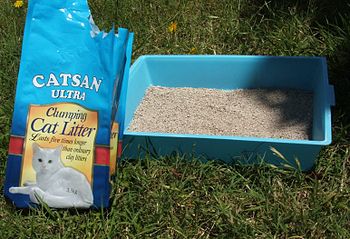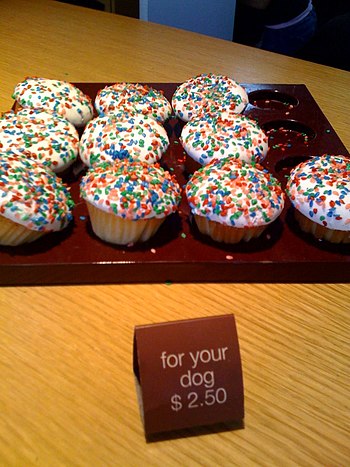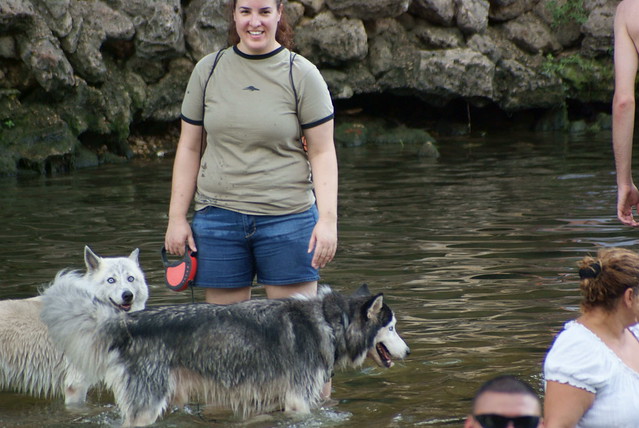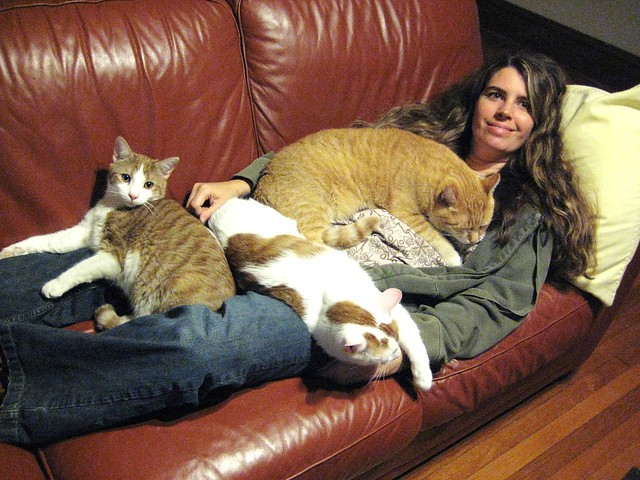A basic litter box and a bag of litter (Photo credit: Wikipedia)
Ever dreamt of becoming a pet owner? How about taking care of a three-legged cat? If you are serious about caring for a feline companion, you have to be ready for any comeuppance.
Being a caregiver to a normal cat is also not as easy as you think it is. Responsibility comes with hard work, practice, learning and applying all those to the way you do things. But with a three-legged cat, everything must be done with extra cautiousness and care.
If you know your pet's peeves, you might as well double the effort of avoiding such if you are taking care of a three-legged cat.
The Pet's Peeves
More than the purring or meowing, you should be able to identify the body language of your cat to its mood. You must take note of the mood changes. What seems to be simple to you may already be a sign of something worse. So be in the know. And don't be the last to find out.
What are the things that may upset your feline friend? By taking extra care with such pet peeves, you will make your cat's life happier and more comfortable.
The Litter Box
Cats have very good eyesight. But they have a better sense of smell. And they don't like anything that stinks. So watch out for those litter boxes. If you don't keep them maintained, your pet may opt for the laundry basket that smells a lot better.
You cat can smell 14 times better than you do. So you really need to do an extra effort on the cleaning part. Because what may be good for you may still smell foul for your pet. Sounds like a lot? Just think of it this way. You will be doing your home a great favor. You will be doing your share to make the place smells nice and clean for your furry companion.
The Horror Medicine
Cats don't like the taste of most of their meds. But as their owner, you know that you can't do without it. So you have to find ways that your cat will be able to take the medicines without causing you too much trouble.
They particularly don't like those in tablet and capsule forms. Such meds can stay in their esophagus for five minutes or longer that may cause more serious trouble. So take this task seriously. Ask your vet for suggestions on how to do so.
The Food
Watch out when you give your cats their food. Make sure that they don't eat spoiled food. It will cause you a lot of trouble because your cats are sensitive to such.
Petting Styles
You have to take note of your petting styles. Being too aggressive or too playful may irritate your cats. You have to treat them with care. And you have to know what tricks they like so that you can give them exactly that.
Jealousy Attack
If you will be introducing a new pet or a new member to the household, you have to integrate them slowly even with your cat. Cats tend to be jealous when they are being given less attention than what they were usually getting.
Taking care of a three-legged cat is easy. You just have to know what to do and what to avoid in order to have a harmonious relationship with your feline friend.



















